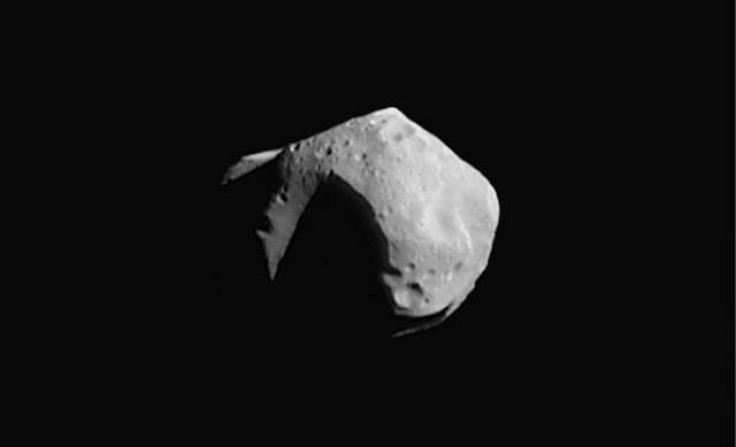
NASA is set to launch a mission later this year to simulate how to deflect an Earth-bound asteroid by crashing a spacecraft on it.
The U.S. space agency will launch its Double Asteroid Redirection Test (DART) as early as November 24 to as late as February 2022 for a year-long journey to target the asteroid Dimorphus--a stadium sized space rock that is orbiting Didymos, another much larger asteroid.
NASA DART Mission to Slam Asteroid, Alter Orbit
NASA's plan is to strike Dimorphus with a car-sized DART spacecraft at a speed of 6.5 kilometers per second, Technology Review reported. It aims to change its near 12-hour orbit around Didymos by a few minutes. A separate mission, the European Space Agency's Hera--which will arrive in Dimorphus five years later--will check the previous mission's success.
While the impact will have little effect on the asteroid's orbit, it would be significant enough to take an asteroid off its course on a potential hit on Earth. This is possible if it is stricken far enough in advance.
NASA DART program scientist Tom Statler told Technology Review that the mission will offer the ability to "prevent a truly catastrophic natural disaster."
DART Strike to Turn Asteroid into 'Chaotic State,' Study Says
The DART strike's effect on Dimorphus's orbit has been well-studied, Technology Review said, but nothing is known yet on the actual effect on the asteroid itself after the impact. Researchers simulated how DART could alter the asteroid's spin and rotation by calculating the how the impact of the crash could change Dimorphus's roll, pitch, and yaw. They stressed in a study that the asteroid could "start tumbling and enter a chaotic state," adding that their findings were "quite a big surprise."
The asteroid's unforeseen spinning could pose some difficulties, such as landing Hera spacecraft on Dimorphus. This could also deem subsequent attempts to deflect asteroids more complicated because a small rotation could influence an asteroid's path.
A DART strike on Dimorphus would be equivalent to an impact of three tons of TNT exploding, thus sending thousands of asteroid debris into space. While this may not have immediate changes to Dimorphus's spin, it would eventually change in the days to come, researchers said.
A slight wobble on the asteroid would happen soon, and this would increase as the impact's momentum brings Dimorphus's rotation out of balance, given the absence of friction in the vacuum of space that could slow it down, Technology Review further stated. As such, the asteroid could turn chaotic and spin back and forth uncontrollably or rotate along its axis.
What exactly would happen is unknown and depends on the Dimorphus's shape, which is believed to be elongated, and location of the impact. A hit slightly offcenter would lead it to spin even more chaotically, researchers said. As such, it may swing back and forth or tumble in several directions in a few weeks.
These extra tumbling and spinning is not expected to affect the DART practice strike for a possible Earth-saving move, neither would it result in any danger or threat to inhabitants on Earth. However, the astonishing event will offer useful scientific information on asteroids, such as their spin state and the sunlight they reflect that could influence their trajectories-date that can be used for future asteroid deflection missions.









